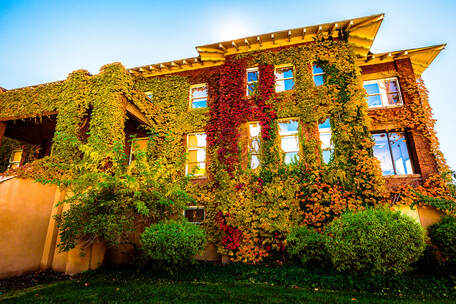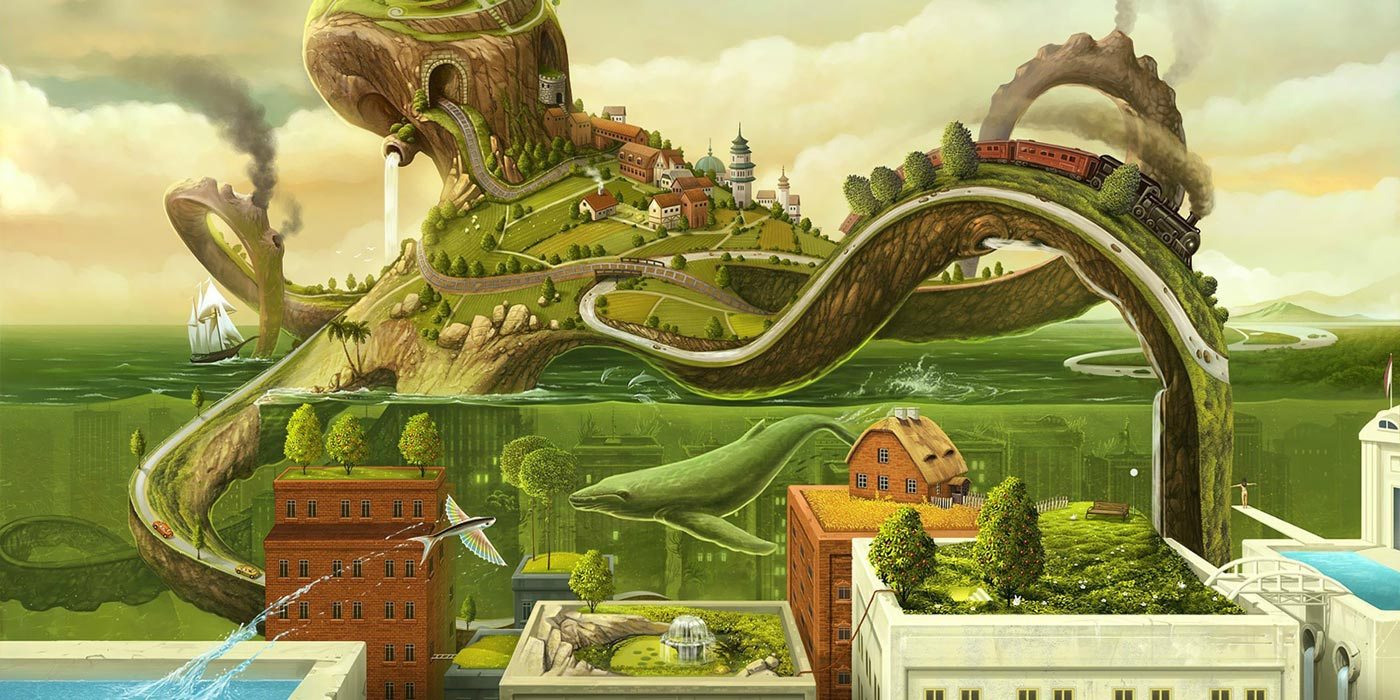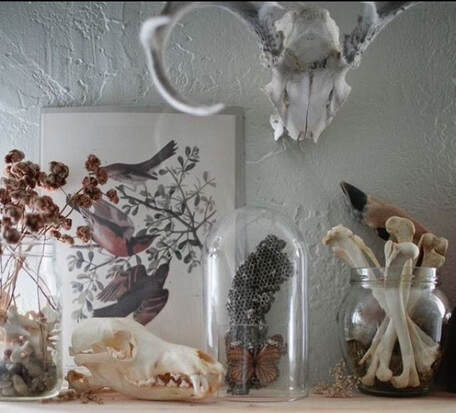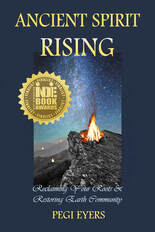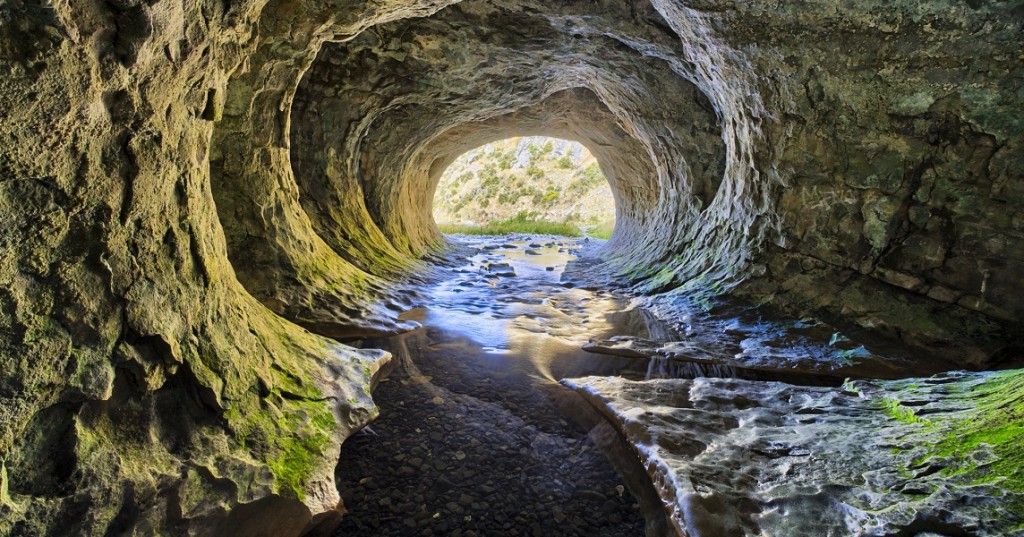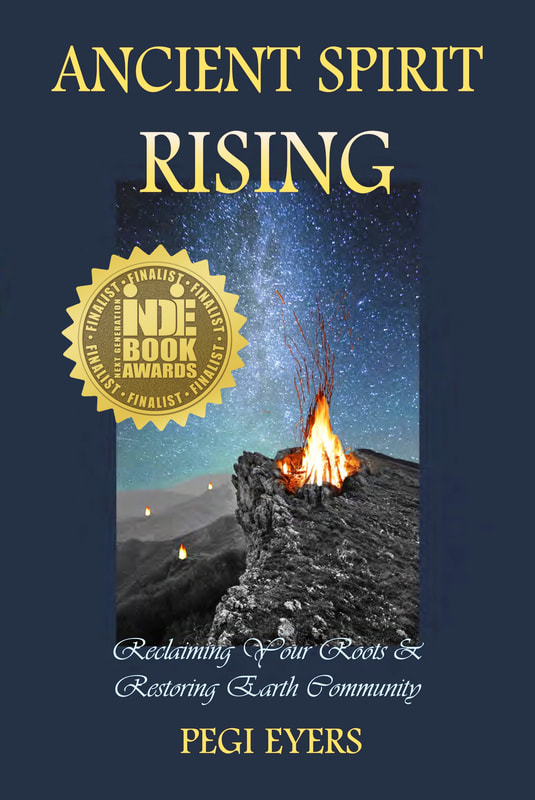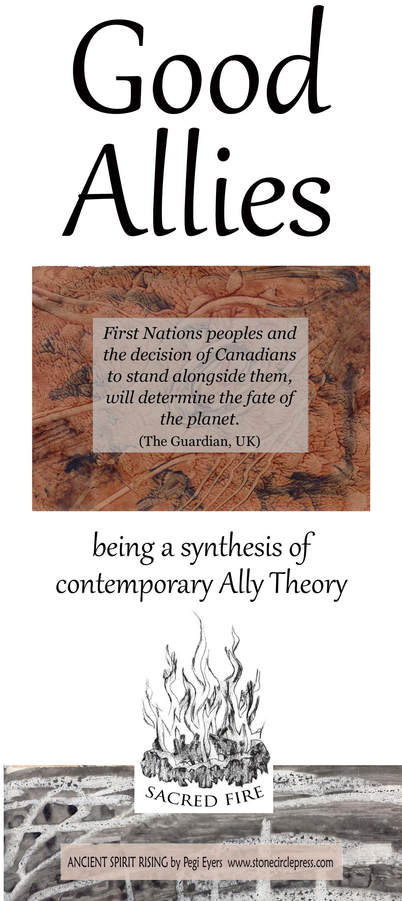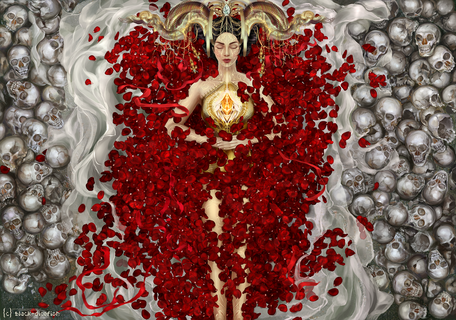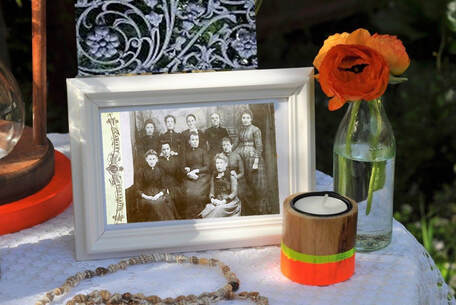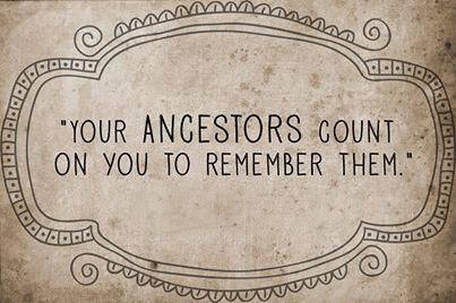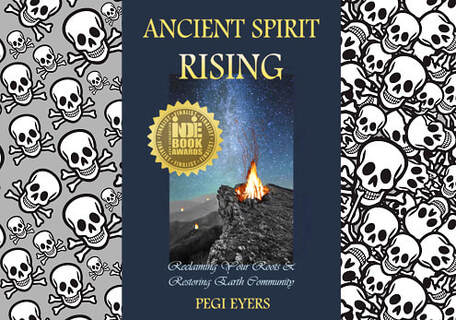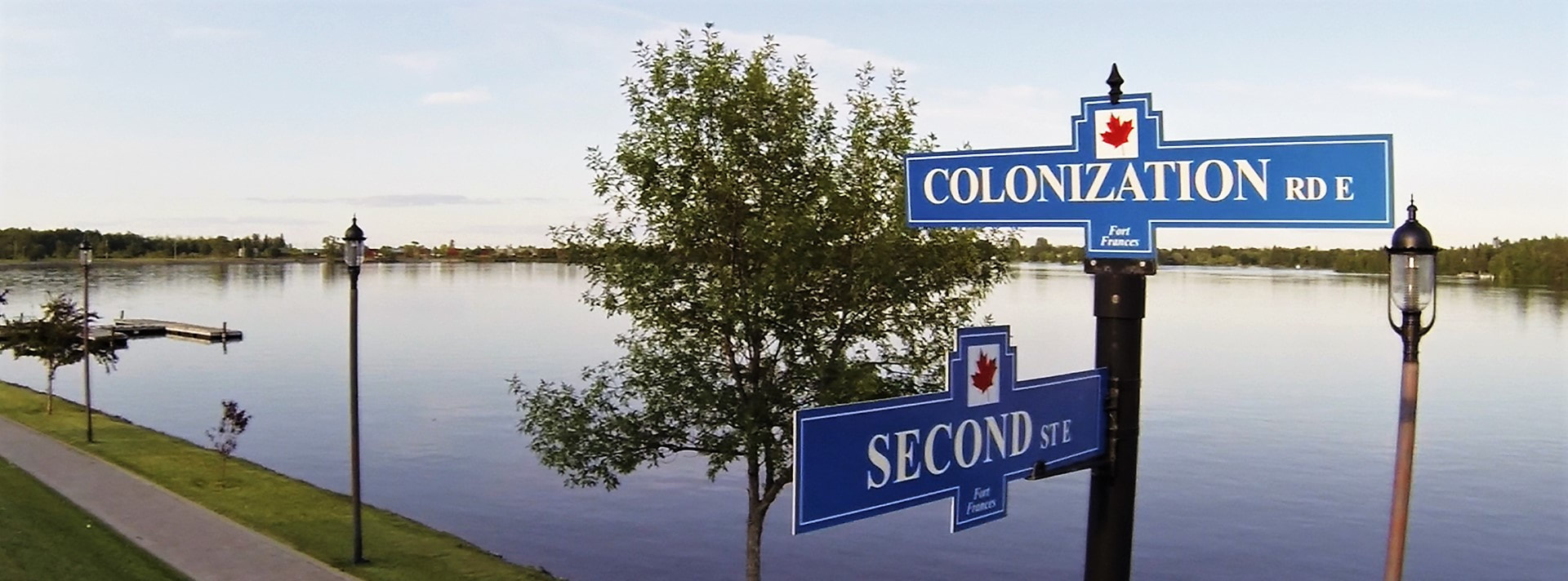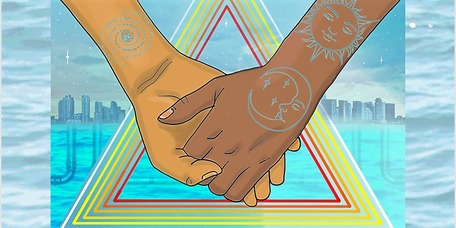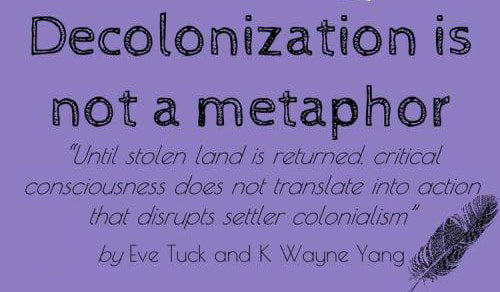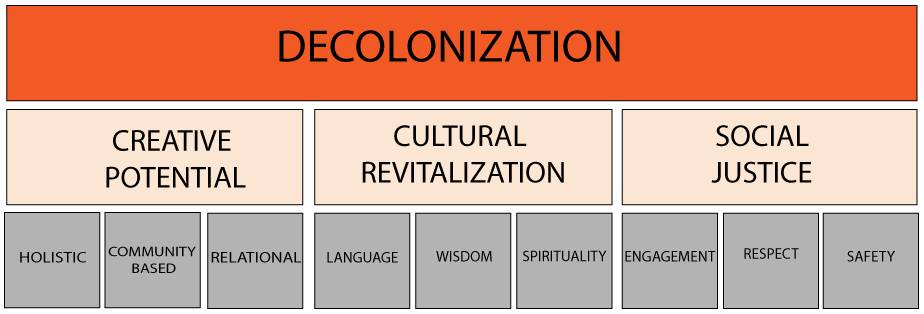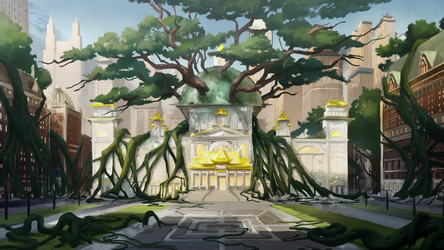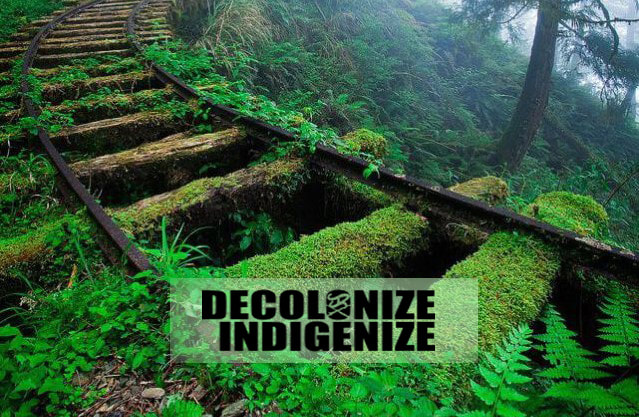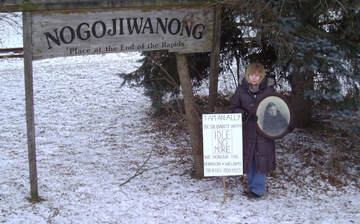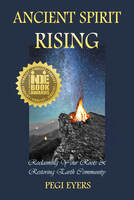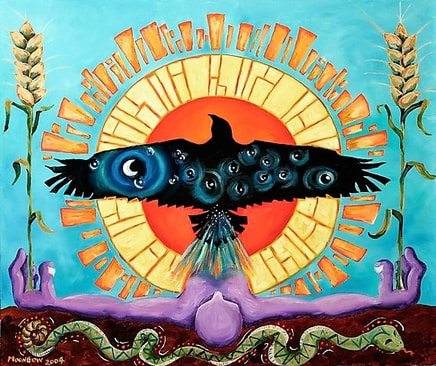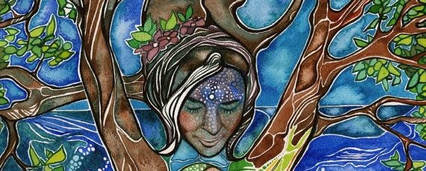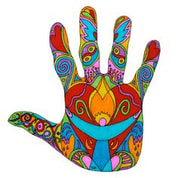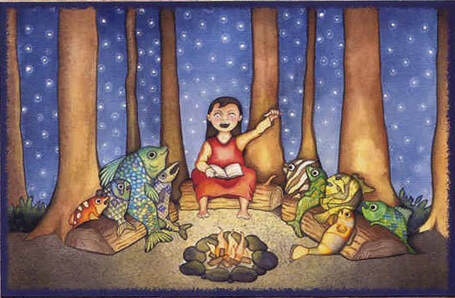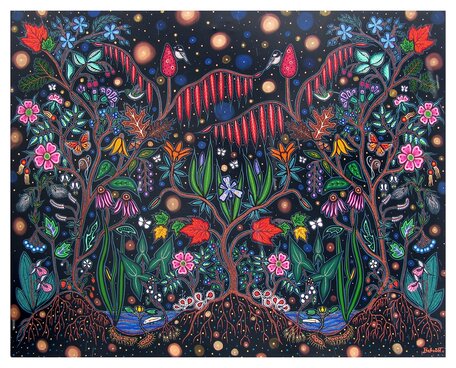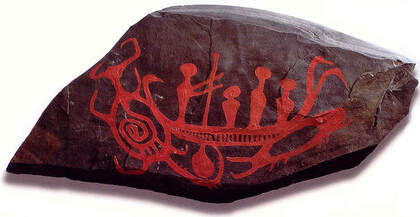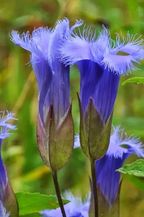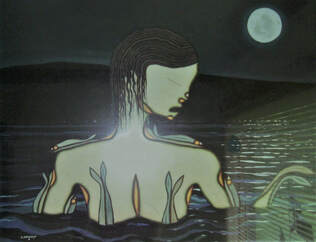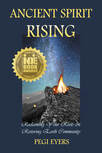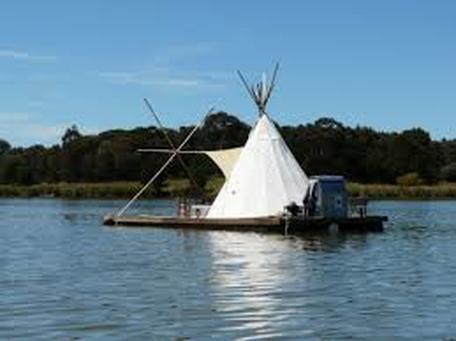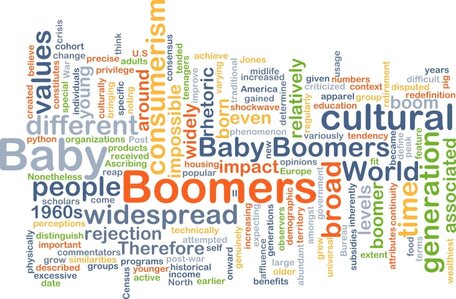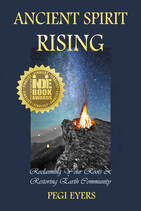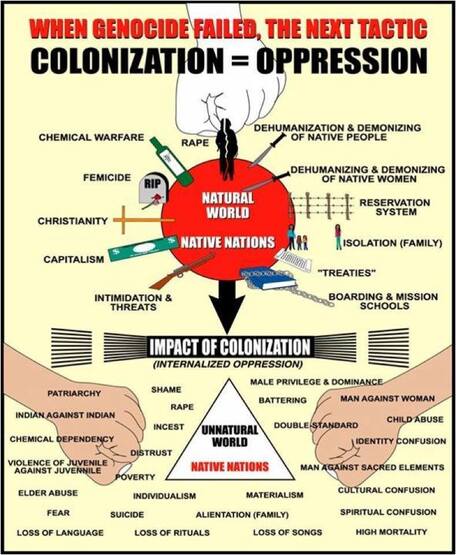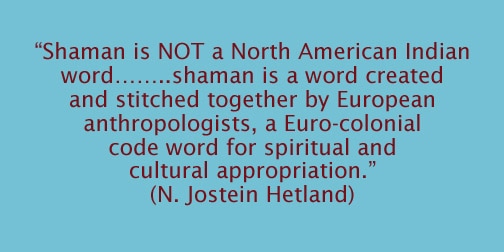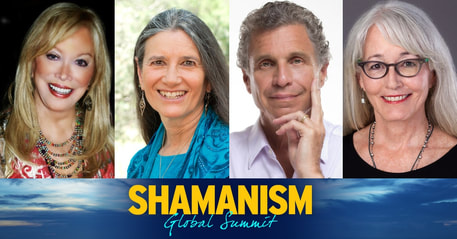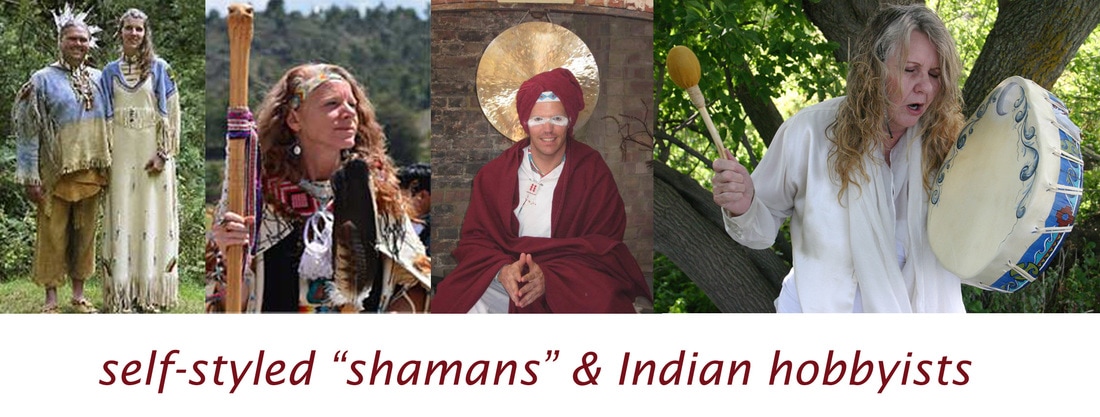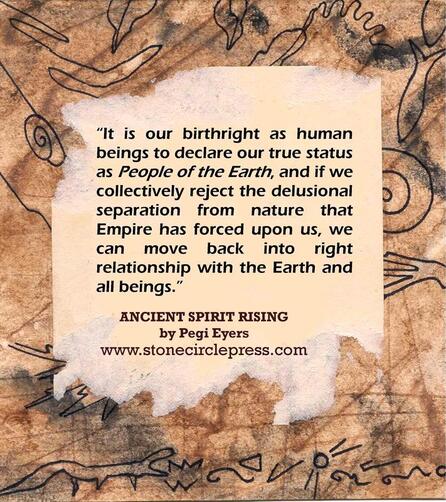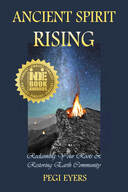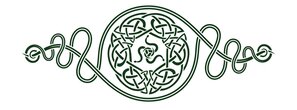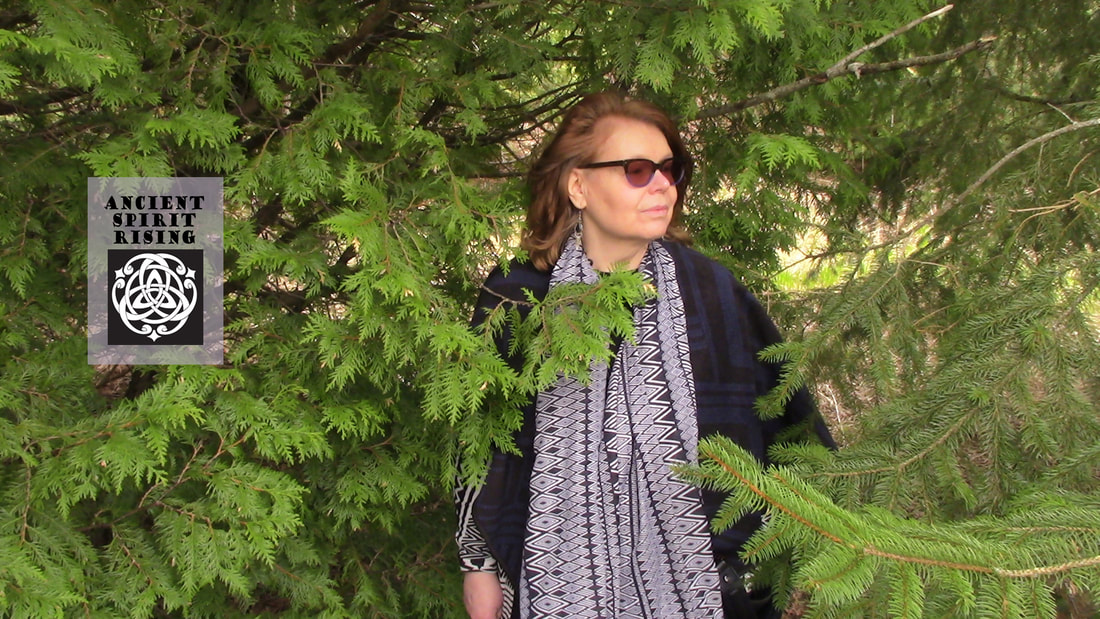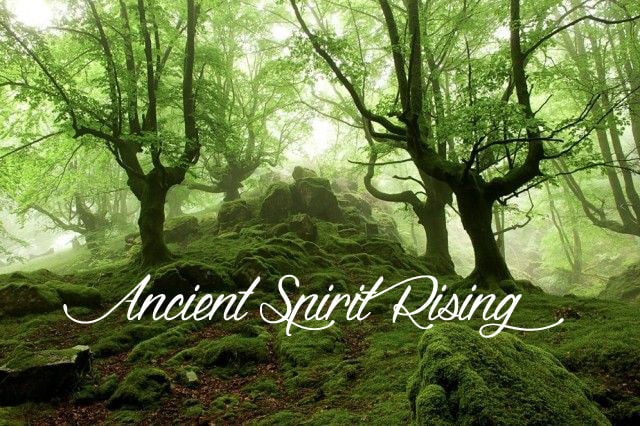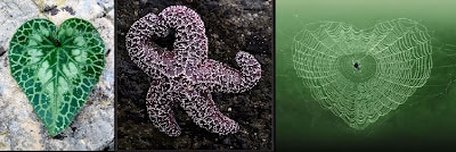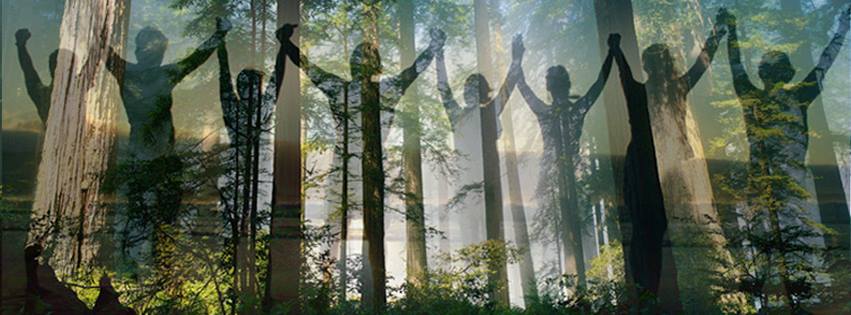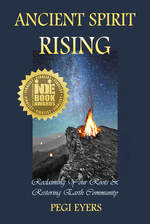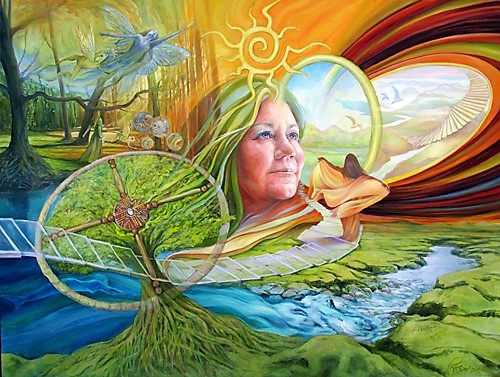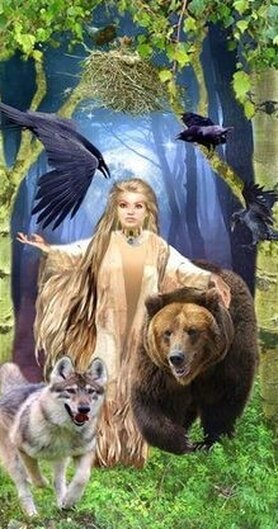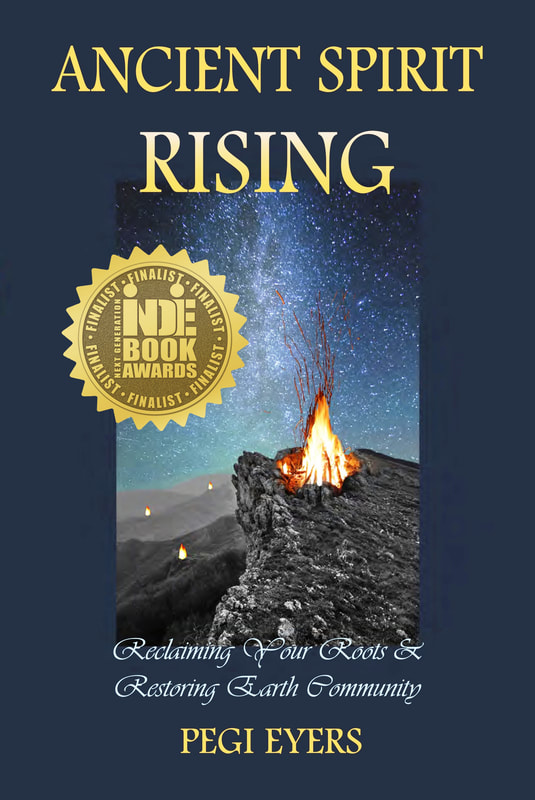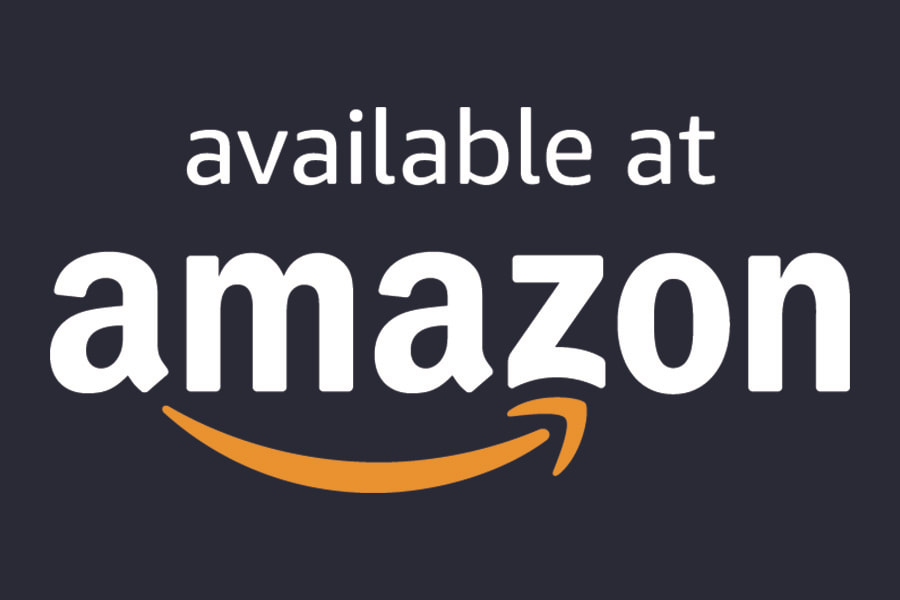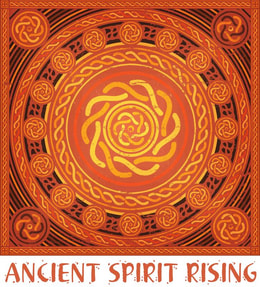There are many ways to practice our ancestral wisdom and reclaim the wonders of nature in the city! As we explore the green commons, public parks, planted spaces, borders, cemeteries, quiet corners, abandoned lands and (so-called) wastelands, we can revere urban space just as much as wild or semi-wild ecosystems. Strolling around city neighbourhoods, or wayfaring and hiking through woods and parks (with or without an agenda) has obvious health benefits, and enhances the intimacy and detail of a more grounded, grassroots perspective. And as we get to know the landforms and ancient cultures that were there before urbanization, we find that the magic of the earth is ever-present in the older landscapes beneath the surface of the city. As they always have, the genius loci - the ancestors, spirits of place, primordial forces and beings of myth and mystery - are willing to communicate with us, if we are open to their messages.
All land is sacred, but places that embody "genius loci" can be said to be more highly charged with spiritual energy or healing power from natural formations such as ley lines, songlines, wellsprings or forest groves. Known as “numina” to the ancient Romans, these special places are home to the numen - ancient earth spirits, intelligent entities, orbs or deities - or are sites that still resonate with culturally-significant historical events.
In today's world, places that evoke "genius loci" can be sites of human architecture imbedded in the land, that hold deep meaning to our personal mythology and cultural history. Consciously or not, the effects of natural locations play a role in our psychogeography, which are the emotions, memories, behaviors and epiphanies we hold in response to special places. Even sites in the city that are often overlooked or neglected can be approached with an attitude of reverence and reciprocity, which helps to re-enchant these green zones and contribute to the remediation of marginalized spaces.
Paying attention to the tree people, stones or birds in the city, and bringing elements and natural objects from the wild into our urban interiors, are all ways to stay connected to the land. Marking the seasons and cycles of the moon, celebrating the quarters and solstices, and coming together with like-minded community in ceremony and ritual are ancient practices that express our earth-rooted beliefs in urban spaces. Rewilding, re-greening the commons, urban herbcraft, natural medicine and community farming are all ways to create deep connections to the actual and spiritual gifts of the soil.
Earthing is another wonderful practice available to us in the city. Walking barefoot on the grass or at the beach, sitting or reclining on the ground in parks, gardens or private yards accesses the healing and energizing properties of the earth, which has been identified by science as the transfer of electrons (the earth’s natural, subtle energy) into our bodies. "Earthing" gives us strength from the healing frequencies of the land, and promotes the vitality of the mental, physical, emotional and spiritual aspects of our being. The most amazing thing about the soothing, grounding and cleansing practice of "Earthing" is the simplicity and access, and it certainly gives new meaning to the term "earth-connected!"
Without a doubt, it is our immersion in green spaces and our bodily contact with the Earth that promotes tranquility, reflection and restoration for the human spirit. Even in the city, the movement of waters and stars, or the growth of plants and animals, imply the presence of indwelling spirits. Stones, trees and other aspects of the natural world are self-aware, autonomous and willful beings who possess their own traits and dispositions. A spiritual force pervades all of nature, and the other-than-human world embraces a host of endlessly expressive and individualistic living entities. The Earth is aware, and even in the city, green zones hold elemental forces inhabited by sentient beings and creatures. As we reconnect deeply with these wonders and our eco-selves in the city, our re-landing will sustain the sacred ground of our collective being, for generations yet to come.
| Pegi Eyers is the author of Ancient Spirit Rising: Reclaiming Your Roots & Restoring Earth Community, an award-winning book that explores strategies for social justice, uncolonization, ethnocultural identity, building land-emergent community & resilience in times of massive change. PURCHASE LINKS Amazon.com www.stonecirclepress.com |
